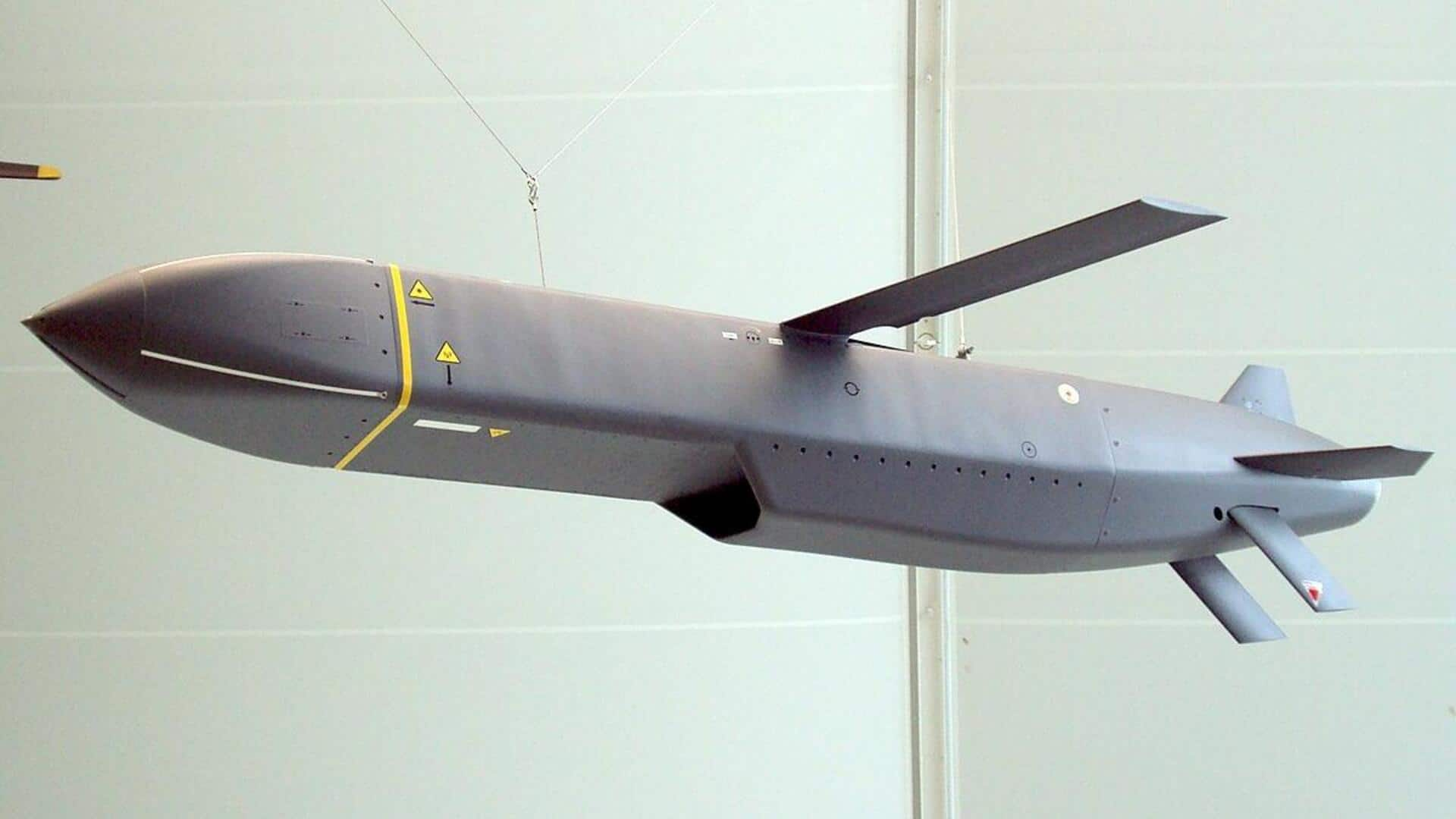
Which weapons did India use against terrorists in 'Operation Sindoor'?
What's the story
In a major military operation dubbed 'Operation Sindoor,' India struck terrorist infrastructure across Pakistan and Pakistan-occupied Kashmir (POK). The operation was launched in a tri-services deployment of air, naval, and land-based assets. It is the largest cross-border precision strike conducted by India since the Balakot operation in 2019. The mission was launched in retaliation for a terror attack on April 22 in Pahalgam, Jammu and Kashmir, that killed 26 civilians.
Weapons
Advanced weaponry deployed in Operation Sindoor
The operation involved the use of high-precision, long-range strike weapons. These consisted of the SCALP cruise missile, the HAMMER precision bomb, and loitering munitions. The SCALP, known as the Storm Shadow in the United Kingdom, is a long-range air-launched cruise missile with a range of over 250km. It is designed for deep-strike capabilities. The missile flies at low altitude, hugging the terrain to avoid radar detection, and uses advanced navigation systems like GPS and terrain referencing to reach its target.
Precision
HAMMER bomb and loitering munitions in action
The HAMMER smart bomb, officially known as the Armement Air-Sol Modulaire (AASM), was employed to hit hardened targets like reinforced bunkers and multi-story buildings used by terror outfits like Lashkar-e-Taiba (LeT) and Jaish-e-Mohammed (JeM). The precision-guided munition can hit targets at 50-70km ranges, based on launch altitude. Loitering munitions or "kamikaze drones" were used in surveillance, target acquisition, and terminal strike roles during the operation.
Targeting
Operation Sindoor targets confirmed terrorist operational centers
Nine different sites were hit during Operation Sindoor—four in mainland Pakistan and five in POK. The MoD confirmed no Pakistani military installations were hit. All sites were pre-selected based on confirmed use as operational centers by banned terror outfits. These included Markaz Subhan Allah and Markaz Taiba, which were used for training sessions and indoctrination, respectively.
Infrastructure
Targeted sites included training and logistics centers
Other targeted sites included Markaz Abbas, a site for training suicide bombers and distribution of weapons, and Syedna Bilal and Shawai Nalla camps, used as infiltration points and training sites. Markaz Ahle Hadith acted as a support facility and regional logistics hub, while Sarjal, Tehra Kalan, was used as a pre-infiltration camp for newly recruited terrorists. The lesser-known Hizbul Mujahideen training center at Mehmoona Joya in Sialkot was also struck.